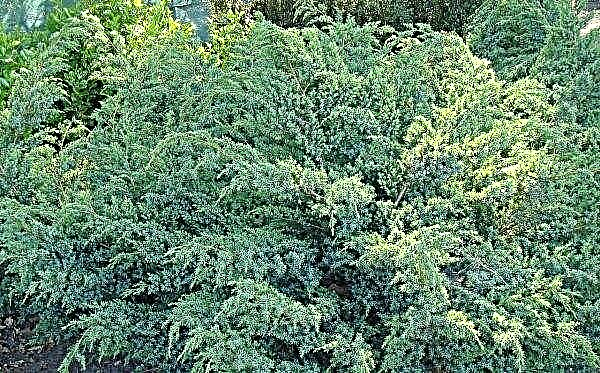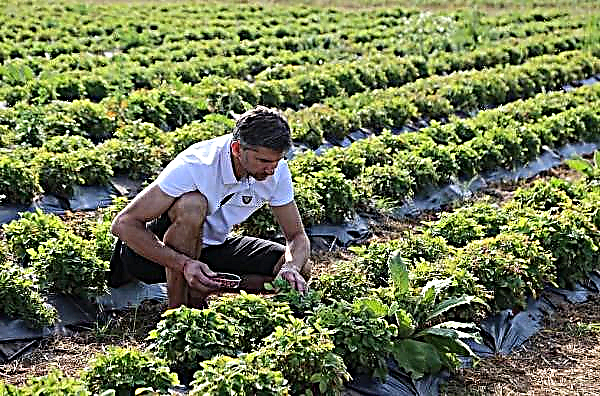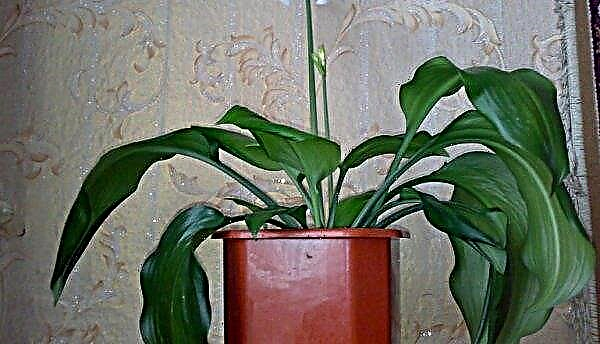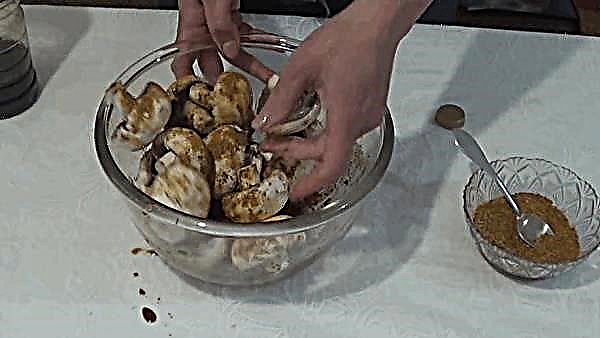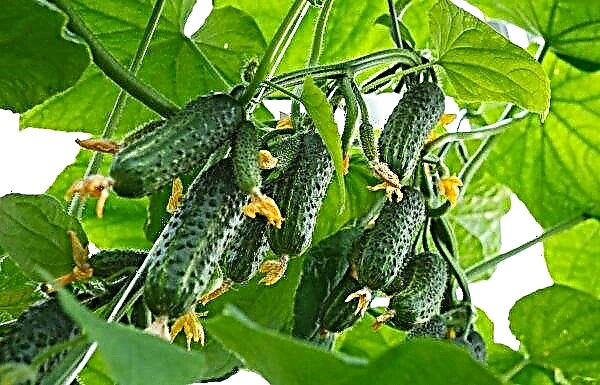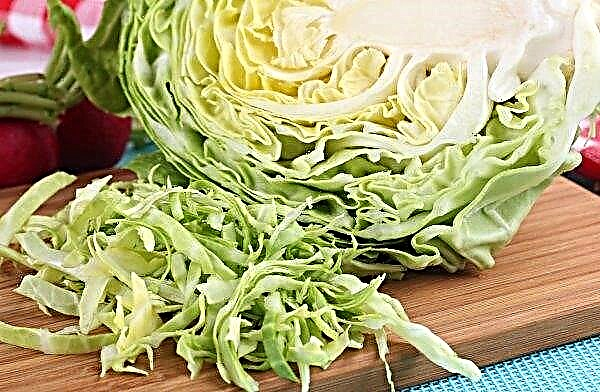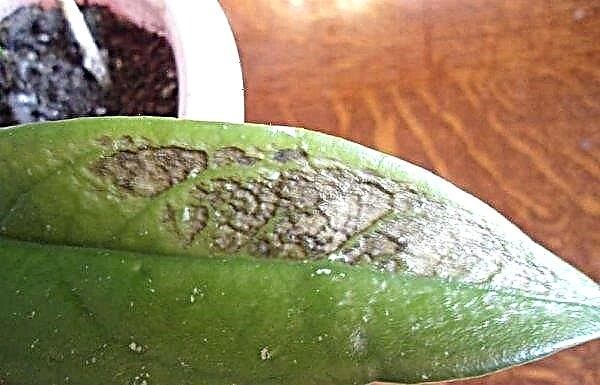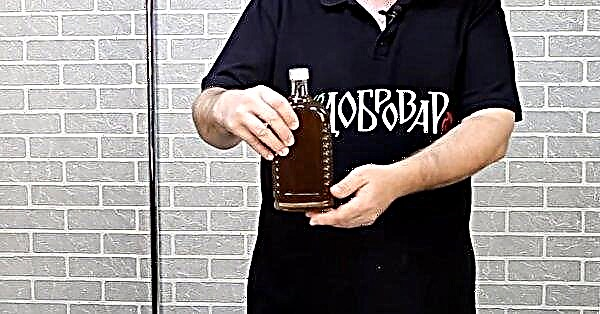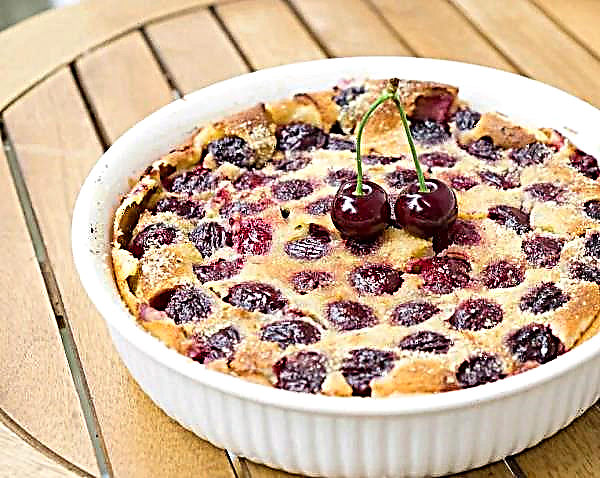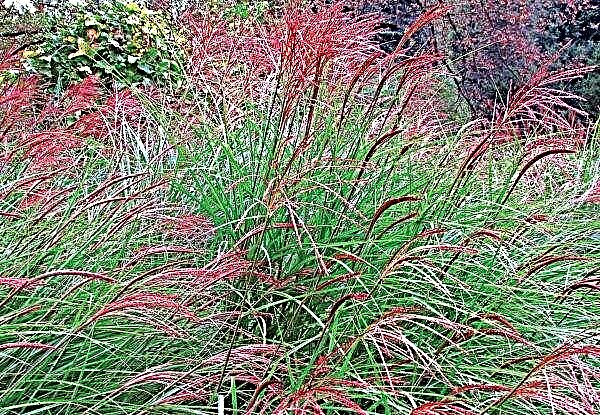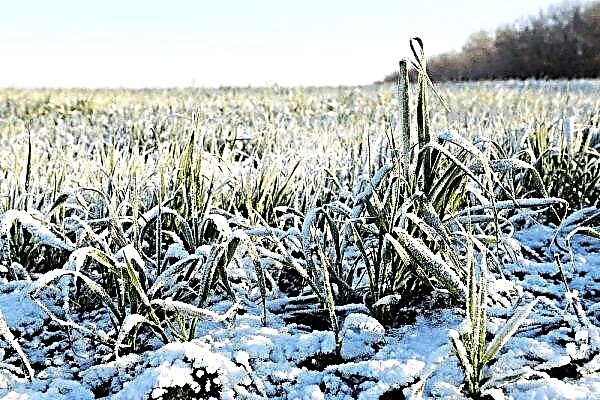Norway spruce Picea abies Gold Drift (Golden Drift or Golden Drift) is used in landscape design as a small tree with sharp needles and flowing branches, which are popularly called "weeping". This plant looks good both in compositions from other spruces, and in groups of other trees.
Botanical Description
Spruce Gold Drift is a so-called weeping variety that has a small bole and lowered branches. Depending on the care, this plant can lower the spruce branches to the ground. The name is fully consistent with the appearance of spruce - its branches descend from the top of the trunk down, like a golden stream.
At 10 years old, the height of the tree reaches about 1.5 m. At this height, you can limit its growth for decorative purposes. By vertically maintaining the crown, you can grow a trunk up to 3 m high, and increase the crown diameter to 2 m. Yellow needles, about 2 cm long, are located on the falling branches, which can cover the stump to the ground and even “decompose” a little on the ground.
In landscape design
This plant variety looks good from a very young age, when a “head” of branches with yellow needles appears on a short trunk. As the tree grows, its “weeping” is increasingly manifested. A lonely standing spruce tree does not fit too much into the surrounding landscape, but a group of such trees looks very impressive.
Due to its compactness, it is well suited for compositions in small garden plots, alpine gardens and in separate park areas. It contrasts with gravel dumping and is in harmony with the lush green grass.
Landing rules
A plant is planted in early spring or mid-autumn in nutritious soil (loam is best). The first term is preferable, since the spruce has time to adapt to a new place of residence and take root before the onset of cold weather. On the other hand, autumn planting will allow the tree to escape the summer heat and continue development in the spring.
Important! Spruce Gold Drift can be grown in a spacious container, which allows you to change its "place of residence" from the site from time to time.
Landing is done in this way:
- the landing pit is prepared in advance;
- a seedling is selected;
- the seedling is placed in the ground.

The landing pit should be larger than the dimensions of the container or the root system of the planting material. This is important for free placement of the roots in the pit without injuring them. At the bottom of the pit, it is worthwhile to arrange drainage from vermiculite, fragments of bricks or small pebbles. This will allow the removal of excess rain or irrigation water.
Choosing a seedling is an important operation - in addition to the fact that its cost can be significant, each gardener would like to get the perfect planting material. It is preferable to choose a medium-height tree grown and sold in a container. Thus, you can protect yourself from buying, albeit a good-looking seedling, but with over-dried roots.Important! When choosing a tree, you need to carefully check its roots, since germination in too fertile soil thickens the root system. Later, in vivo growth, root decay from poor moisture removal is possible.

Description of landing procedure:
- At the landing site, remove park grass and weeds, dig a hole with a diameter of 60–80 cm and a depth of 80 cm.
- Place drainage at the bottom of the pit - approximately 15 cm.
- Sprinkle 1/3 of the drainage from the container or with ordinary park soil.
- Set the seedling in the pit strictly vertically and sprinkle it with a mixture of earth from the container and park so that the soil level is several centimeters above the root collar.
- Carefully tamp the ground and pour 10 l of cold water into it.

Care and growth conditions
Spruce in the wild is a self-sufficient plant, and its “tamed" species require little support from humans. This primarily concerns watering, pruning and wintering assistance in the first years of growth.
Did you know? From the roots of a fallen spruce tree can grow, which is a clone of the mother. In Sweden, such a plant has been cloned for about 9 thousand years and is considered the oldest plant organism in the world.
You need to water Gold Drift in moderation, but regularly. An approximate schedule can be this: every other day, basal watering of 10 liters of cool water, and every 2-3 days, drop watering of needles. After heavy rains with watering, you should not hurry, although drainage was organized in advance. It is necessary that the earth dries 1-2 cm, after which you can resume water procedures.
Pruning is carried out for sanitary purposes or with significant thickening of the crown. This is done with a sharp pruner or knife in late autumn or early spring. You do not need to make fertilizers, since they will accelerate the uneven growth of the plant both in height and in the diameter of the crown, which can lead to a deterioration of decorativeness, thickening of branches, thickening of the trunk.
Given the falling branches of this spruce, the method of gartering shoots for the winter up to the trunk in this case is not suitable. But you can cover the young tree with a cover of cotton fabric and carefully tie it with ropes in 2-3 tiers. This method is used the first few years after landing. In the future, the tree will get stronger and will cope with the winter cold itself.Did you know? The blue spruces that adorn the Kremlin’s walls in Moscow were not grown in Russia at all, but were imported from North America.

The variety of Gold Drift firs is very decorative and unpretentious, therefore any summer resident or gardener can grow it. Compositions of these trees are decorations of both small estates and park plains and slopes.

